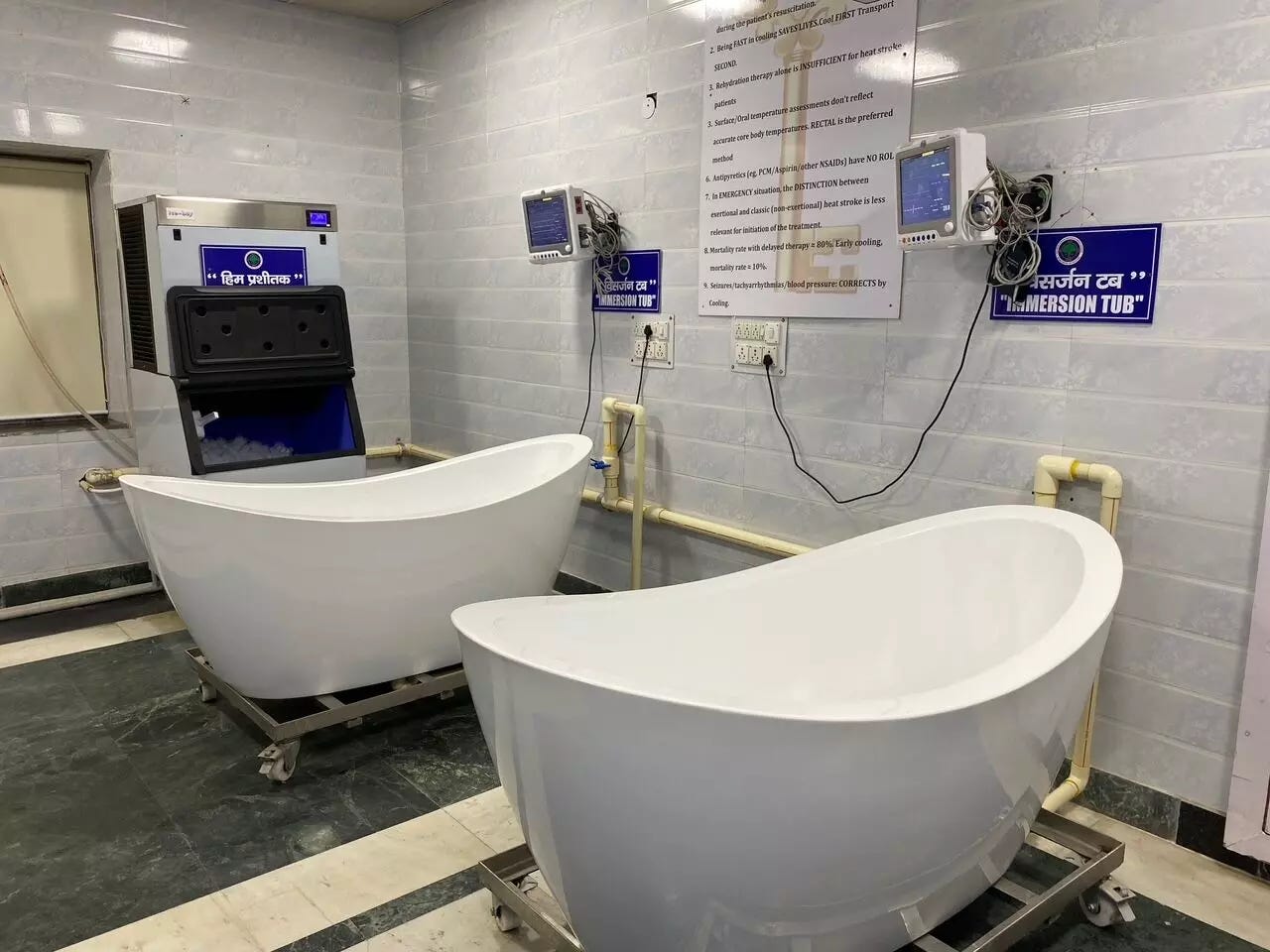Workplace Bias Pushes Queer Indians to New Careers
Also this week, the gendered digital divide, why Indians delay seeking healthcare, how UP's heat action plan is playing out, & a look at Delhi's first heat stroke unit
Good morning
This week, our stories look at the many ways people navigate challenge and change. From queer Indians finding and creating affirming spaces after workplace harassment, to the digital barriers still preventing millions of women from accessing basic services, to patients facing extreme heat with limited resources—these stories highlight the complex intersection of policy, infrastructure, and everyday life.
Suvajit, aka Rony, left a hostile corporate environment in Kolkata and now runs an inclusive art studio in Himachal. Sohail, a gay man from Bhopal, started his own crochet business after facing public humiliation at a Delhi NGO. Deepak Tandon, a transgender nonbinary person, left the corporate world after regular harassment and now runs a thriving online thrift store.
In the absence of nationwide quantitative studies, these stories reflect a wider pattern--one where queer professionals, facing limited protections and few truly inclusive workplaces, are forging new paths to reclaim visibility and autonomy. Amir Bin Rafi and Mansi Rathee report.
New government data reveal the stark digital divide facing India’s women--especially in rural areas--where nearly 50% of young women (15-29 years) are unable to send emails and about half cannot perform online banking transactions. Overall, 64% of women lack email skills, and 63% cannot bank online.
With 44% of women relying on shared devices and 27% of youth not owning a phone at all, access remains uneven and insecure. Rural men also struggle with key digital skills. Saumya Tewari unpacks the findings and explains why closing this gap is critical to India’s inclusive digital future.
In the age of telemedicine, many Indians still turn to charms, rituals--or Google--before seeking medical care. Stories from the ground reveal how deep-rooted beliefs and lack of trust often delay treatment—sometimes until it’s too late.
As the government targets universal digital healthcare, the biggest hurdle may not be technology, but changing mindsets, Huneza Khan writes.
Uttar Pradesh has a Heatwave Action Plan 2025, designed to provide protection for the most vulnerable and notify communities such as street vendors and daily wage workers.
But, as Dharmendra Rajput, Manoj Kumar and Mithilesh Dhar Dubey report, even with many areas reeling under extreme heat, implementation was lacking on the ground.
Equipped with two bathtubs and an industrial ice maker, Delhi’s first dedicated Heat Stroke Unit has treated over 60 patients so far. To cool one heatstroke patient, doctors need at least 150 litres of water and 55 kg of ice.
Launched in 2024, similar units are now expected to be set up in other districts of Delhi, Parikshit Nirbhay reports.







